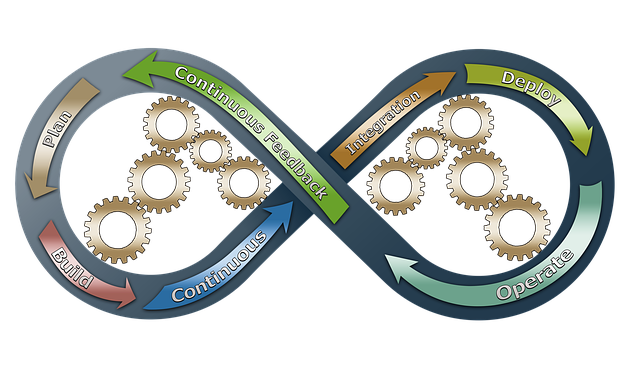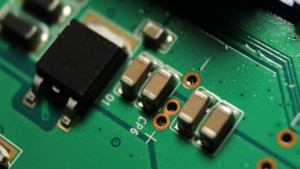
Between unprecedented municipal Zoom meetings to administrative business suddenly conducted entirely online, communities asked a lot of local city and county clerks when the pandemic first struck. And these years on, it’s clear government business won’t ever fully revert to its previous normal. A report from Deloitte issued earlier this year highlights what future government contact centers might look like, why the current setup isn’t sustainable and what administrators can do about it.
“The pandemic has provided a painful wakeup call for government contact centers, as high volumes exposed the limitations of legacy systems. Phone lines were jammed and customers often faced lengthy delays. If any silver lining has emerged from the chaos, it’s that modernizing government contact centers has finally become a priority,” reads the introduction to the report, which outlines seven modern strategies to improve constituents’ contact center experience.
Already, the report’s authors, William Eggers, Shelly Metschan, John O’Leary and Marc Mancher, identify that several industry shifts are taking place. For example, the focus used to be on building a better experience “through incremental improvements, with holding down costs as a top priority,” the report says. But given the massive social and economic shift that’s taken place, “that won’t cut it anymore. Today, success might require reimagining the entire customer experience.”
In this evolution, technology has emerged as the backbone of change. In the contact center of the future, as envisioned by the report, improved customer experience will be achieved “through a tech-supported workforce.” Some of those support systems include integrated workflows that can collate information from “all touchpoints—voice, text, email, etc.”
Leveraging artificial intelligence, language processing, machine learning and data analytics, “human-centered design puts the customer experience at the forefront,” the report continues. Future centers can be categorized into three components: A customer experience hub that delivers services through several channels; a tech-powered “cockpit” where admins can run things behind the scenes; and a cloud-based foundation that can support emerging tools.
And while their basic functionality and processes will be familiar, the report highlights “seven significant shifts making the future contact center very different than what is happening in government contact centers today.” Those shifts are: An experience hub as opposed to a cost center; from call center to contact center; automated, automatic, self-service; tech-supported human interaction; integrated workflow; an enhanced employee experience; empathetic tech.
Driving all of these transformations is a fundamental change in the way management perceives the roll of contact centers. Instead of seeing them as “cost centers”—with the largest expense factor being labor and a mission of getting through as many calls as possible, quickly—”If the purpose of a contact center is to create a great customer experience, in some cases it might make sense to spend extensive time talking with a customer to resolve a difficult issue,” the report notes. “On the other hand, a great customer experience may not involve any human interaction, as when you pay a vehicle toll at 60 mph thanks to a transponder on your windshield.”
Instead of one mode of communication, contact centers are becoming omnichannel hubs that can triage customer needs and send constituents to the right place in one integrative experience, “helping them feel recognized and valued without losing sight of efficiency,” the report notes.
For those looking for a quick business interaction, automation and self-service might be the way to go; others might want a human connection—one that will be supported by systems, or “empathetic tech.” Modern contact centers can handle both.
When “customers need to interact with a real human, the representative should have all the tools they need to do their job at their fingertips. Like pilots in a cockpit, they should be getting critical information from a variety of sources, and have the support they need to deliver a solution,” the report continues.
But while the future is here and the technologies are available to support such a transformation, it can be difficult to know where to begin. But there is a starting point: cloud-based systems. The report notes that, in California, 90 percent of the state’s 200,000 employees were able to smoothly switch to telework because of previous cloud-based investment.
“Building the contact center of the future is a big task, but it is achievable. When contact centers truly go digital, they will use technologies such as AI and cloud computing to elevate the human experience and radically transform their own operations,” the report concludes. “The end result is happier customers, more satisfied employees, and ‘mission accomplished’ for government agencies.”


